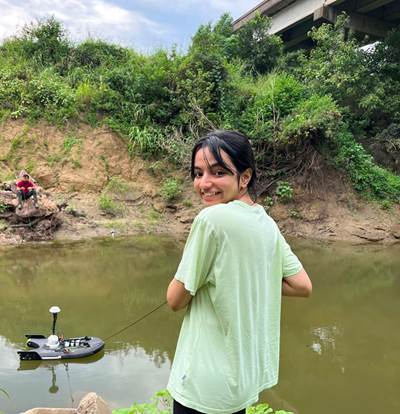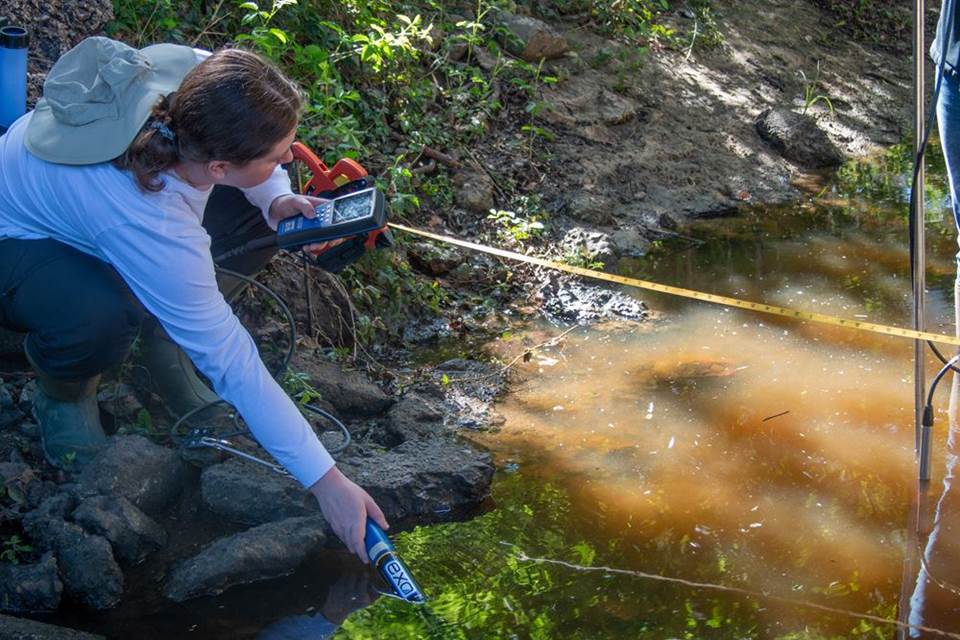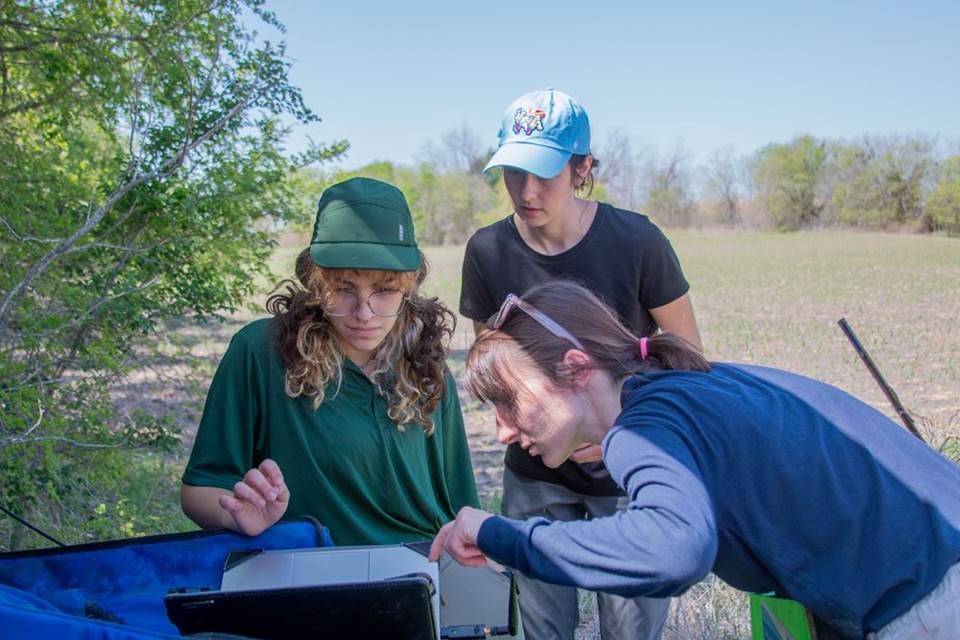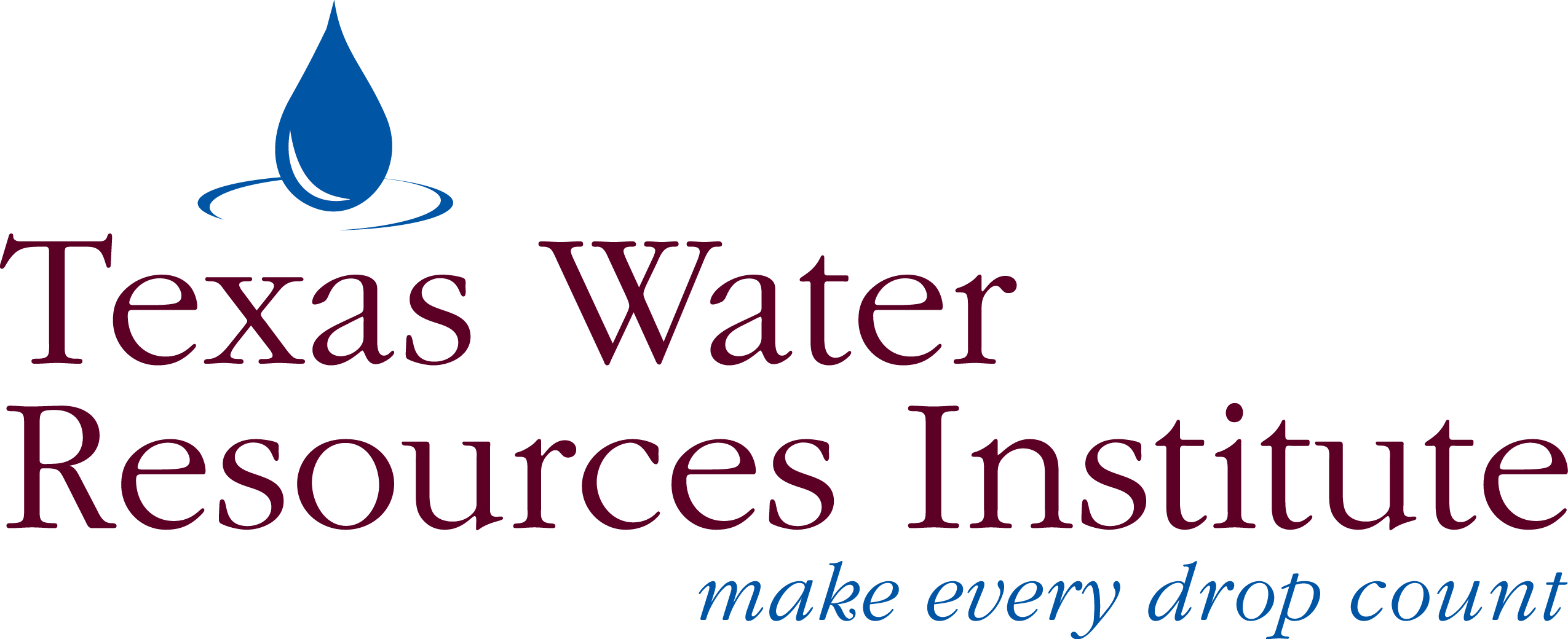Shifting Navasota River examined in TWRI-led research
Rivers change over time, and natural erosion, severe weather events and human intervention all contribute to rivers' changing landscapes. The Navasota River is no exception to this, and recent research led by Texas Water Resources Institute Research Specialist Ed Rhodes, titled "A changing river: Long-term changes of sinuosity and land cover in the Navasota River Watershed," examined its shifts over time.
Flowing 125 miles from Mount Calm in East Texas, the Navasota eventually joins the Brazos River and is dammed in six places to form manmade lakes. These natural and unnatural changes can cause degraded water quality, altered or destroyed habitats, flash-flooding and more.
Rhodes and coauthors, Jackson State University Assistant Professor Rocky Talchabhadel, Ph.D., and former TWRI Graduate Research Assistant Taylor Jordan, used historical images and records to better understand the Navasota River's changes over the last 50 years and how those have potentially caused more flooding in the watershed's southern portion. Read more.

Texas Water Journal covers Texas’ water research spectrum
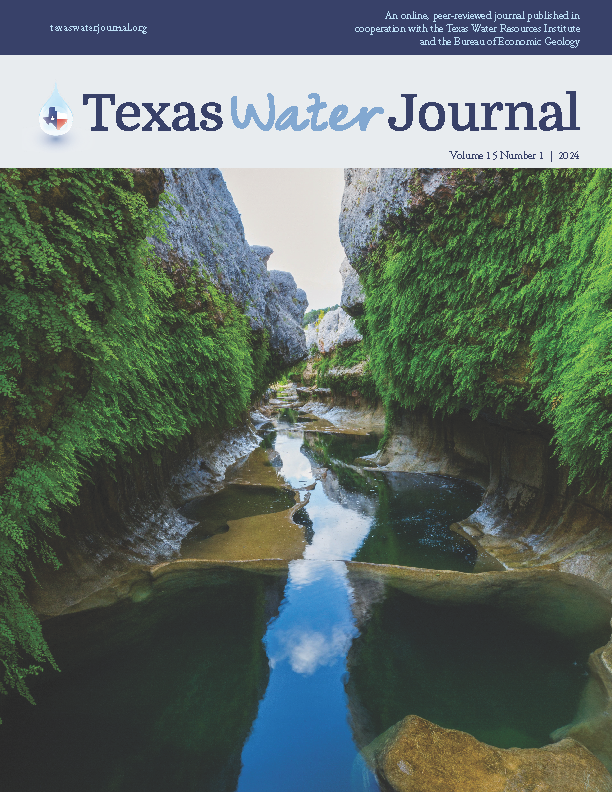
The 2024 volume of the Texas Water Journal has published articles covering much of Texas’ water research spectrum, from groundwater and water policy to infrastructure and surface water.
- "A Hydro-Economic Approach for Quantifying Well Performance Thresholds and Recoverable Groundwater Yields in Texas" by Justin C. Thompson, Ph.D., and co-author
- "Case Study of Emerging Groundwater Management Issues at the Forefront of Large-scale Production from a Confined Aquifer: The Vista Ridge Project" by Steve Young, Ph.D., and co-authors
- "Water Reuse in the Hill Country: Lessons from Existing Reuse Facilities in Texas and Opportunities to Advance Reuse in Comal County" by Rachel Hanes
- "Differences in the Hydration State of Riparian Pecan Trees Between Rural and Urban Settings" by Michael Snook and co-authors
- "Addressing Challenges to Ensuring Justice and Sustainability in Policy and Infrastructure for Texas Water Resources in the 21st Century" by Margaret Cook, Ph.D., and co-authors
- "Best Management Practices to Mitigate Inadvertent Transport of Contaminants to Karstic Aquifers in Runoff During Emergency Fire Control" by Rudolph A. Rosen, Ph.D., and co-authors
Middle Yegua Creek Watershed Protection Plan published
TWRI recently published the Middle Yegua Creek Watershed Protection Plan, which presents prioritized voluntary strategies and best management practices to restore and protect local water quality. The plan was accepted by the U.S. Environmental Protection Agency in February, a major accomplishment for the coalition of local stakeholders and state officials who collaboratively created the science-based plan, led by TWRI.
TWRI engaged local stakeholders and led them in the process to develop the voluntary plan through informational meetings, educational programs, and focused discussions regarding the current state of water quality, their concerns for future water resource issues, and what could be done to mitigate these issues.
The effort was funded through a State Nonpoint Source grant from the Texas State Soil and Water Conservation Board. The plan is available at middleyegua.twri.tamu.edu/. Read more.

TWRI water internship program wraps up first year
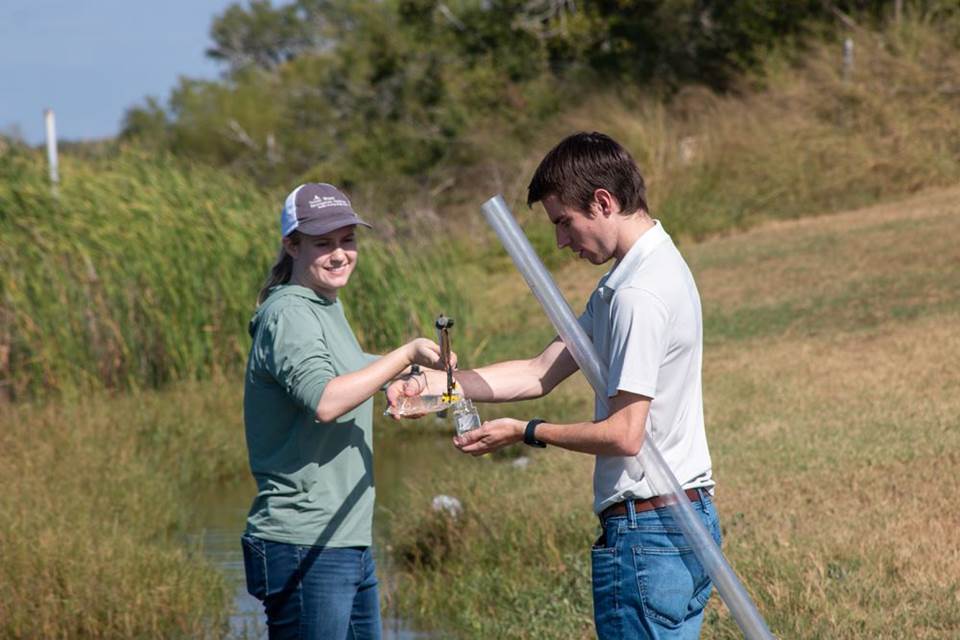
Interns assist TWRI’s water team with regular water quality monitoring, learning to collect and analyze data.
“The feedback I've gotten from every intern has been that the experience opened up a whole new kind of set of understandings related to water management, water quality monitoring, working on teams, going out in the field and water quality analysis,” said Wendy Jepson, Ph.D., director of the college’s Environmental Programs and Environment and Sustainability Initiative and a previous associate director at TWRI.
The water internship program allows students to build on knowledge they’ve gained in class and apply it in real-time, learning how to work in a professional environment.
The Texas Water Resources Institute’s water internship program, created in partnership with Texas A&M University’s College of Arts and Sciences, aims to provide students with hands-on experiences in the water profession.
During the program’s first full year, eight students have benefited from the internship, with more beginning this summer.
“We have had the great pleasure of working with many bright and enthusiastic young water professionals,” said TWRI Research Specialist Ed Rhodes. "Working with these eight amazing interns over the past year has been a great experience for us as professionals and for them as budding professionals.”
